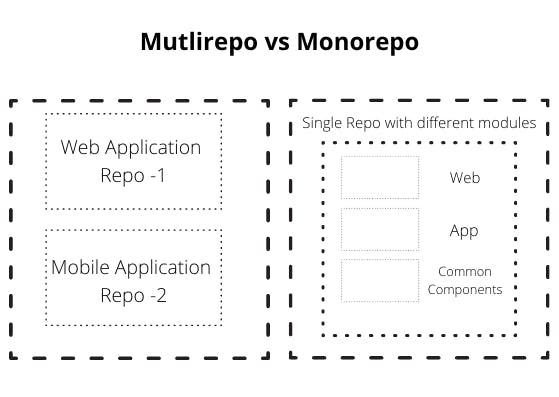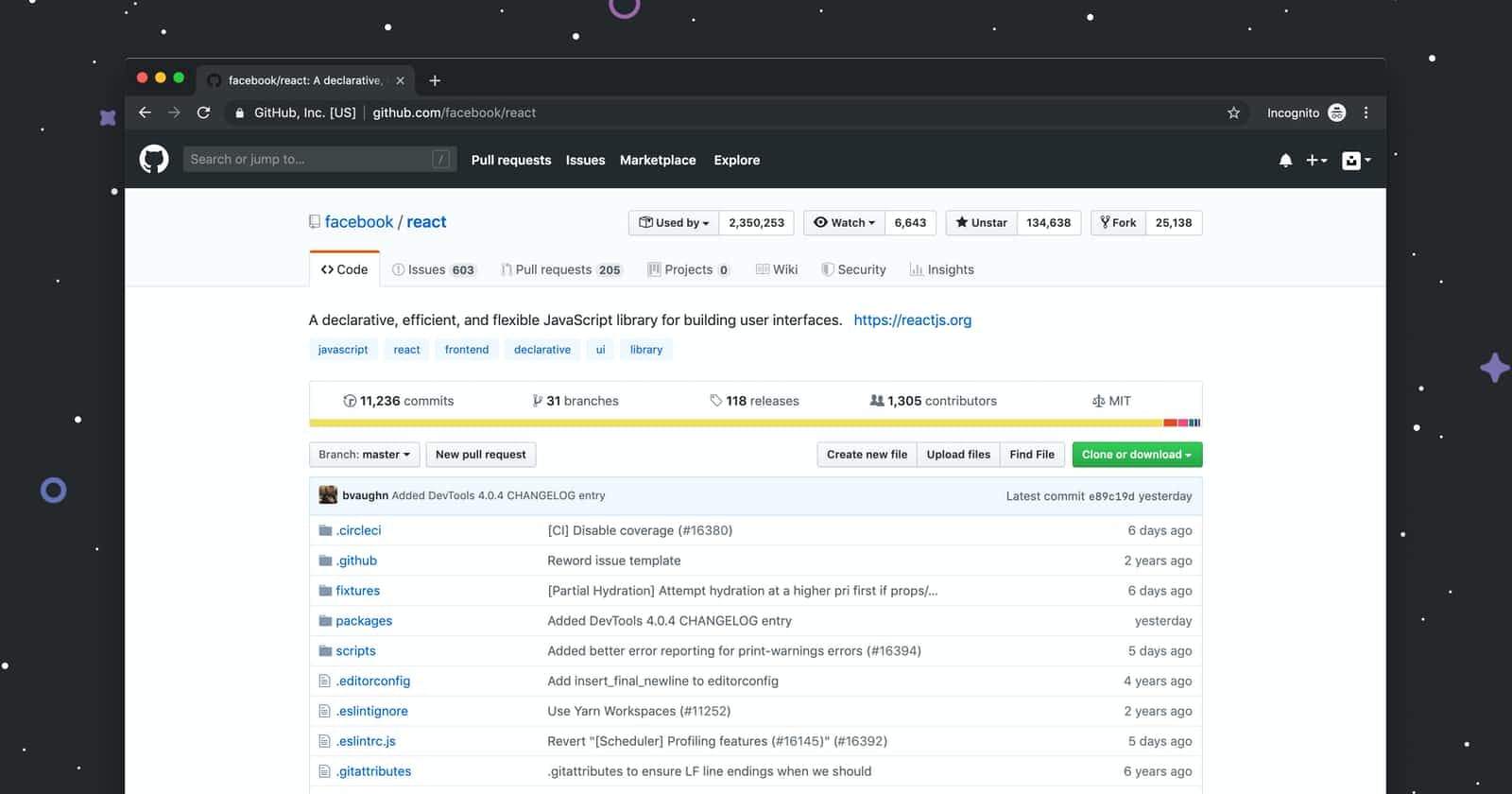
Photo by Luke Chesser on Unsplash
What is Monorepo Architecture?
A brief guide about Monorepo Architecture.
While working on large programming projects, the way you organize your source code also plays a very important role. Monorepo and Multirepo are some of the architectural concepts that we can use to manage our source code and in today's article, we will be learning about Monorepo Architecture.
What does Monorepo mean?
As the name suggests, a Monorepo architecture means using one repository, rather than multiple repositories. Monorepo is also known as one-repo or uni-repo. To explain more clearly, suppose we have a separate codebase for web and mobile applications, so in a Monorepo structure, we maintain a single repository for both codebases. Another example can be that suppose you have a complex application with different components, so in a Monorepo structure, we organize every component as a separate module in a single repository, such that each module itself is a completely isolated application. In a way, suppose you don't want a particular feature or component in your application, you can simply remove that entire module without affecting the rest of the codebase.
Example of Monorepo Architecture

Advantages of Monorepo Architecture
Better visibility - In a Monorepo structure, all the source code is in one place, rather than being divided into several repositories thus enabling everyone in the company to see and use the entire code and be updated with all the code changes. Code Reusability - Since all the code is in a single repository, it allows people across various teams to collaborate and use the shared code thus decreasing tech debt. Simplified Dependency Management - Since all the modules are in a single repository, it simplifies maintaining uniform dependency versions across all modules which might not be the case if our modules are stored in multiple repositories and could lead to having different versions for the same dependencies. Atomic Commits - With such a structure, we can make a single commit and it will be reflected for all the modules rather than making similar commits across different repositories. This also makes large-scale code refactoring more efficient by reducing the number of commits.
Disadvantages of Monorepo Architecture
Unable to control access - Since everyone can view and make changes to the entire code. It is difficult to restrict access to certain code parts. Long Build Time- As all the modules are stored in a single repository, it leads to a very large codebase size and significantly increases the build time. Slow Git performance - Again, for a Monorepo all the commits will be made to a single repository, thus increasing the git history and lowering the git performance.
That's all for this post !! Hope you found this post interesting and useful. Subscribe to my newsletter to stay updated on all my latest posts. Feel free to leave any feedback, I would really appreciate it 🤗

